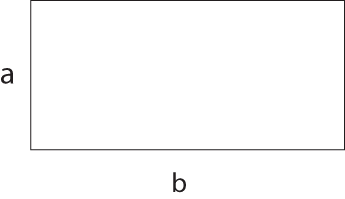Construction of a quadratic equation from its solutions
We are going to see now the way we can construct a quadratic equation when the solutions are known.
Example
The solutions of the equation
Now let's look at what happens when we do the product
So "the product of
Example
If the solutions of the equation are
Example
If the roots of the equation are
Example
If the solutions of the equation are
Example
If the roots of the equation are
Reconstruction of the quadratic equation from the sum and product of roots
We know that
an expression in which appear the sum and the product of the roots, let's call them
So the quadratic equation is:
Example
Write a quadratic equation knowing that the sum of its roots is
We know that
This method is faster than doing the product of roots.
Let's see some other examples:
Example
The quadratic equation that has solutions
Example
The quadratic equation that has solutions
Let's say it is not easy to lay out an exercise that ends with a quadratic equation. The easiest way would be writing literally what the equation says.
Example
If we want to get the equation
The following statement is clearly much more interesting: "Find two numbers knowing that their sum is
With these same values we can approach it geometrically.
Example
We know that the perimeter of a rectangle is

The perimeter of a rectangle is the sum of all its sides, then it is
On the other side, the area of the rectangle is
Then, to solve this problem we have to solve a quadratic equation in which the sum of its roots is
And the solution is:
Then, the sides of the rectangle will be,
